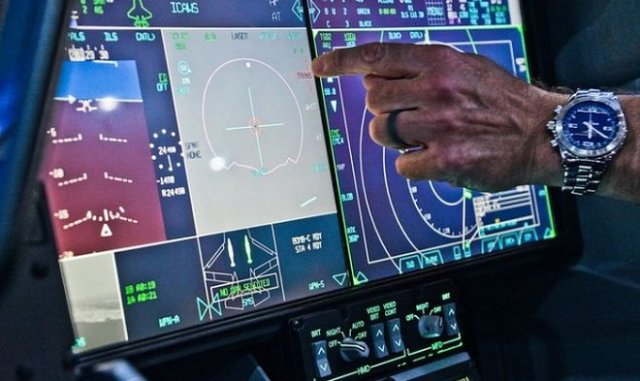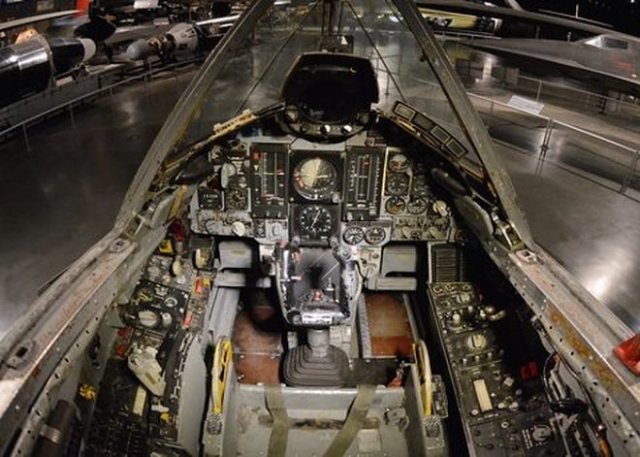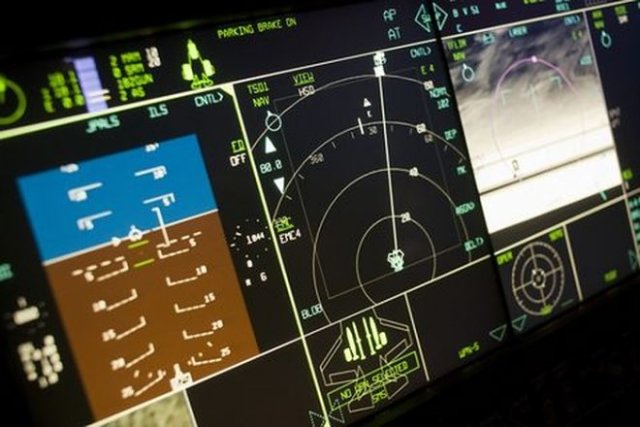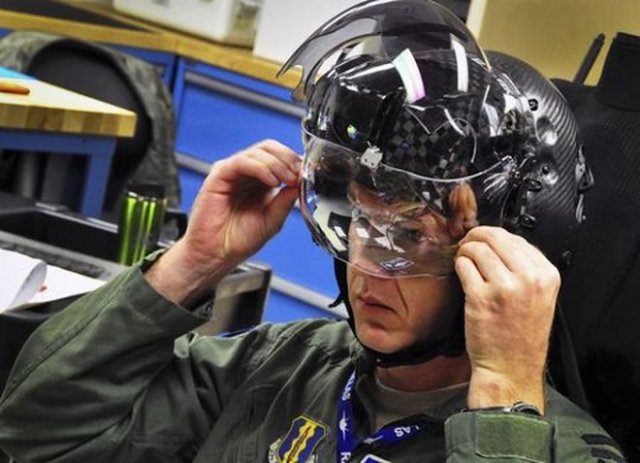
The cockpit of a fighter
In the hush-Kit blog, former us Navy instructor and f-14 weapons systems operator Dave " Bio " Baranek described the brief evolution of the fighter's cockpits over 65 years, starting with the f-106A interceptor, which was in service from the 1960s to 1988, and up to the F-35.
The F-106A, with many dials, switches, and a control knob between the pilot's legs, was atypical for fighters of that era, since its sensors displayed basically only one type of information.

The cockpit of a fighter
With the advent of microprocessors and LCD displays, the "overhaul" of the pilot's cabin began. It gradually became less cluttered as engineers found new ways to make more efficient use of its interior space. Single-purpose displays were replaced by multi-function displays (MFPs) that display several types of data. With the introduction of the MFP, the control handle began to interfere with the pilot's view inside the cockpit, so it had to be moved to the side. For the first time, the side control stick was installed on the F-16 Fighting Falcon.

The cockpit of a fighter
Past decade. Today, the f-106A and F-35 cabins are radically different from each other. The cockpit of the 5th-generation fighter has a large multi-function touchscreen display that displays data from the aircraft's radar and control systems. Compared to its predecessor, it has virtually no conventional physical buttons and sensors. Currently, many fighters have information displayed literally in front of the pilot's eyes on the helmet display, giving him the opportunity to see important data and not be distracted from the air duel.

The cockpit of a fighter

